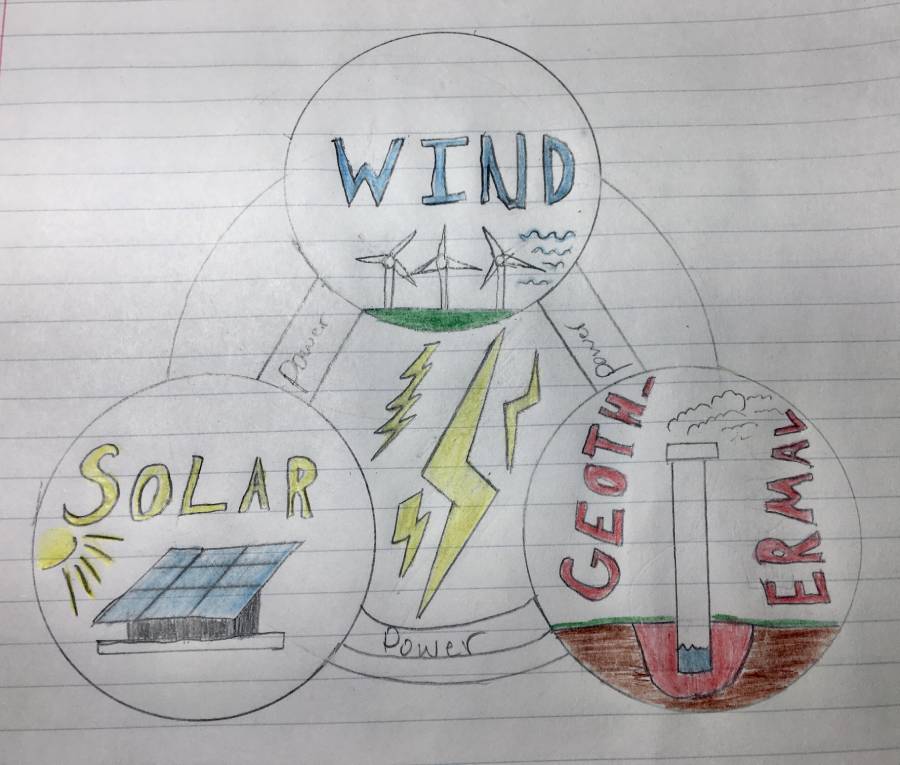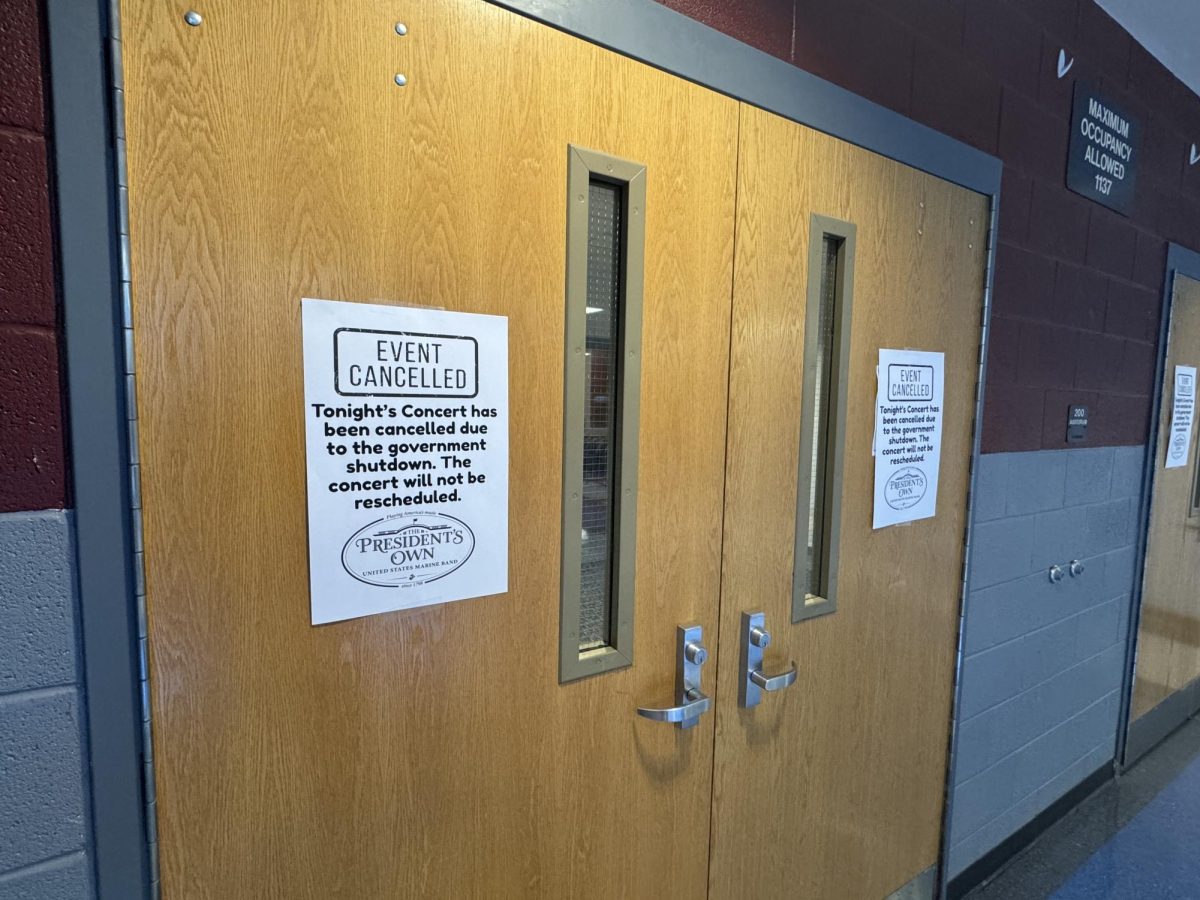What is the best energy source for the present and the future?
What is the most efficient, most productive, cheapest and environmentally friendly energy source? The answer is solar, wind and geothermal energy sources.
March 24, 2021
Energy has always played a major role in the development of superpowers and influential powers in the19th, 20th and 21st centuries. This is due to the fact that energy is crucial for industrial machinery, computer software and for fueling giant economic businesses such as Apple, Samsung, Microsoft, Tesla and many more. Without energy, you wouldn’t be able to cook your food, turn on your computer or turn on the light. Additionally, without electricity the space satellite wouldn’t be able to operate, causing a massive internet shutdown and uneasy access to the internet, which we use in our daily lives.
So, what is the most efficient, most productive, cheapest and environmentally friendly energy source? The answer is solar, wind and geothermal energy sources. Energy sources are divided into two main categories : nonrenewable and renewable.
Nonrenewable energy sources include petroleum, natural gas, coal and nuclear power. Nonrenewable energy sources can provide lots of electricity as they are cheap, abundant, easy to operate and not so time consuming. According to Texas Gateway, “About 85 percent of our [United States] energy comes from nonrenewable fossil fuels—oil, natural gas, coal.”
Nonrenewable resources sound good, but they release a lot of greenhouse gases such as carbon dioxide which can have a great impact on global warming and can cause unpredictable fluctuations in the weather. Nonrenewable resources aren’t so environmentally friendly which can leave a long lasting negative effect on the Earth for future generations to come.
Renewable energy includes solar energy, wind energy, hydroelectric energy, geothermal energy and biomass energy. In comparison nonrenewable energy is less efficient, though, according to the U.S Energy information Administration, “In 2019, renewable energy sources accounted for about 11% of total U.S. energy consumption and about 17% of electricity generation”
Renewable energy is also expensive to buy, install and maintain. According to inspirecleanenergy.com, “new fossil fuel plants range from $0.05/kWh [kilowatt hour] to $0.15/kWh. By comparison, hydroelectric power comes in at an average of $0.05/kWh, onshore wind, solar voltaic, biomass and geothermal below $0.10/kWh and offshore wind at $0.13/kWh.”
It’s true that renewable energy is a bit more expensive and less efficient, but renewable energy is much cleaner than fossil fuels. Renewable energy doesn’t release any CO2 (carbon dioxide) into the atmosphere, except for biomass which does release Co2 but in smaller amounts than fossil fuels. But besides biomass, renewable energy sources don’t release any Co2 emissions into the atmosphere. Co2 commissions are bad for the environment, because they cause our atmosphere to rise in temperatures and this results in rising sea levels.
Overall, the best possible energy sources are solar energy, wind energy and geothermal energy. This is because, with enough installations of solar panels in a certain area, electricity is virtually endless as long as the sun’s light is reaching the earth’s surface. Wind energy is pretty much the same as long as the wind is blowing, energy will be producing electricity. Geothermal is slightly different and more complex. Geothermal energy uses the heat underground with places large in volcanic activity to heat the water, create steam and make the steam rotate the turbines which in return creates electricity. Geothermal energy can only happen in certain areas with high volcanic activity such as Iceland, Mexico and Indonesia. But geothermal energy can produce large amounts of electricity as long as the earth below is hot. this makes it a nearly inexhaustible source of energy, and as soon as a geothermal power plant is built under an area with hotter temperatures, then electricity will become largely produced and pretty much infinite.
Yes, renewable energy is expensive, but just what price would you put on our home? What price would you be willing to pay for all of the endangered animals such as elephants and polar bears who are dying because of our constant use of fossil fuels? When fossil fuels are burned, they release Co2 into the air which is then trapped in the atmosphere and causes the weather to get hotter. When weather gets hotter, animals that live in cold temperatures are likely to have their habitat destroyed, animals such as polar bears. In addition, the price will lower in the future and is already starting to change rapidly. According to Our World in Data, the price is changing due to better technological advancements in this particular field of study.
“In most places in the world power from new renewables is now cheaper than power from new fossil fuels.The fundamental driver of this change is that renewable energy technologies follow learning curves, which means that with each doubling of the cumulative installed capacity their price declines by the same fraction.”
The price is changing due to better technological advancements in this particular field of study.
The best energy sources for the present and the future are solar energy, wind energy and geothermal energy. This is because these energy sources are renewable, meaning they can be easily replaced after they are used, and they are environmentally friendly and don’t release any greenhouse gases like carbon dioxide into the atmosphere. They are also being currently developed to be more affordable and more efficient, and they are receiving several investments and funds from motivated investors and national governments to improve and advance the technology in this field. According to statista.com, “Investment into renewable energy technologies has grown significantly in the United States over the last decades. In 2019, investments reached 59 billion U.S. dollars, in comparison to 11.3 billion U.S. dollars in 2005.”
I truly believe that solar, wind and geothermal energies are the best possible and most environmentally friendly option for our generation and for many generations to come in the future.




















Yaseen Mousa • Mar 25, 2021 at 10:31 pm
Best article ever written.